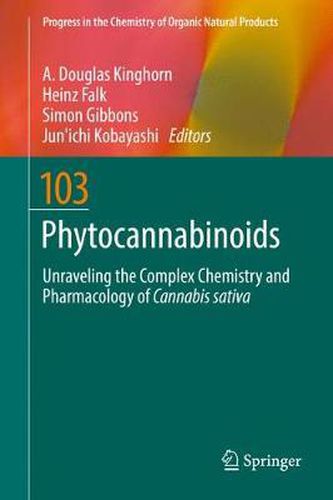Readings Newsletter
Become a Readings Member to make your shopping experience even easier.
Sign in or sign up for free!
You’re not far away from qualifying for FREE standard shipping within Australia
You’ve qualified for FREE standard shipping within Australia
The cart is loading…






This title is printed to order. This book may have been self-published. If so, we cannot guarantee the quality of the content. In the main most books will have gone through the editing process however some may not. We therefore suggest that you be aware of this before ordering this book. If in doubt check either the author or publisher’s details as we are unable to accept any returns unless they are faulty. Please contact us if you have any questions.
The first contribution describes apolar and polar molecular fossils and, in particular biomarkers, along the lines usually followed in organic chemistry textbooks, and points to their bioprecursors when available. Thus, the apolar compounds are divided in linear and branched alkanes followed by alicyclic compounds and aromatic and heterocyclic molecules, and, in particular, the geoporphyrins. The polar molecular fossils contain as functional groups or constituent units ethers, alcohols, phenols, carbonyl groups, flavonoids, quinones, and acids, or are polymers like kerogen, amber, melanin, proteins, or nucleic acids. The final sections discuss the methodology used and the fundamental processes encountered by the biomolecules described, including diagenesis, catagenesis, and metagenesis. The second contribution covers the distribution of phthalides in nature and the findings in the structural diversity, chemical reactivity, biotransformations, syntheses, and bioactivity of natural and semisynthetic phthalides.
$9.00 standard shipping within Australia
FREE standard shipping within Australia for orders over $100.00
Express & International shipping calculated at checkout
This title is printed to order. This book may have been self-published. If so, we cannot guarantee the quality of the content. In the main most books will have gone through the editing process however some may not. We therefore suggest that you be aware of this before ordering this book. If in doubt check either the author or publisher’s details as we are unable to accept any returns unless they are faulty. Please contact us if you have any questions.
The first contribution describes apolar and polar molecular fossils and, in particular biomarkers, along the lines usually followed in organic chemistry textbooks, and points to their bioprecursors when available. Thus, the apolar compounds are divided in linear and branched alkanes followed by alicyclic compounds and aromatic and heterocyclic molecules, and, in particular, the geoporphyrins. The polar molecular fossils contain as functional groups or constituent units ethers, alcohols, phenols, carbonyl groups, flavonoids, quinones, and acids, or are polymers like kerogen, amber, melanin, proteins, or nucleic acids. The final sections discuss the methodology used and the fundamental processes encountered by the biomolecules described, including diagenesis, catagenesis, and metagenesis. The second contribution covers the distribution of phthalides in nature and the findings in the structural diversity, chemical reactivity, biotransformations, syntheses, and bioactivity of natural and semisynthetic phthalides.